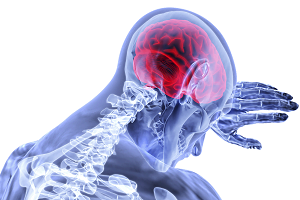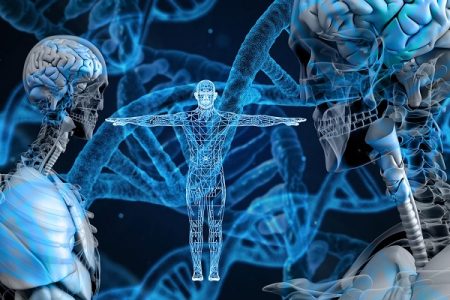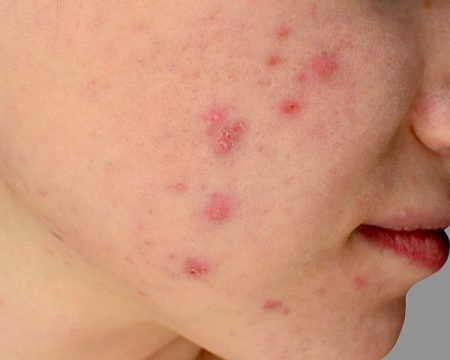Achondroplasia: Growth Chart and Life Expectancy
- Updated on: Jun 10, 2024
- 3 min Read
- Published on Jan 28, 2019
Monitoring a child’s growth
Estimates suggest that achondroplasia affects about 1 in 15,000 to 40,000 children in the world. Achondroplasia is a rare genetic disease that affects bone growth and development and is caused by a mutation in the FGFR3 gene. Achondroplasia is homozygous when both parents have it and heterozygous when one of the parents is the gene carrier.
Children suffering from achondroplasia show different growth patterns. These patterns can be studied on factors such as head circumference, height, weight, gender, BMI (body mass index), etc. Children with achondroplasia are physically examined on the basis of their height and stature. This helps the doctor to determine if the bone growth in a child is normal or associated with certain complications.
The growth in children with achondroplasia is monitored to see how slow the development at a particular age is and to know what the difference in the expected growth rate and the actual age is. This is important in determining achondroplasia prognosis. Such children are provided with treatments that work to improve the growth rate.
Use of achondroplasia growth chart
In 1978, Dr. W. A. Horton developed growth charts. The standardized growth curves monitor all the parameters related to a disease in a patient from birth to adulthood such as height, weight, occipital-frontal circumference, body mass index (BMI), foramen magnum diameter, etc. These parameters vary from country to country and patient to patient, therefore, different countries have different growth charts for patients of achondroplasia.
How is hydrocephalus associated with Achondroplasia?
Achondroplasia growth charts help to study the development in achondroplasia patients by analyzing linear growth (height), growth speed, head circumference, gender difference, etc in different patients. Weight of children, which depends on age and BMI, height, which depends on age and size of head etc, are some factors which are considered to monitor the health of children and adolescents with achondroplasia. On studying the growth, obesity rates in achondroplasia kids are observed to be 3 to 8 times higher than in the general population.
‘Little People of America’ is a non-profitable organization for achondroplasia that has provided some information about estimated growth charts for these patients. This information state the difference between normal people and people with achondroplasia in terms of growth charts.
How are achondroplasia growth charts helpful?
Achondroplasia growth charts help to find the difference in height and weight in normal and affected patients (and also in the same patient at different ages). These charts tell important information about how gender differences affect the growth and foramen magnum diameter (FMD), etc. These charts also depict risks of other conditions such as increased risk of cardiovascular disease, morquio disease, hydrocephalus, etc in people or children with achondroplasia.
Studying the growth charts for achondroplasia also help in determining the severity of the condition, death-related complications, and success rates and benefits from the given-treatment in a child.
Achondroplasia life expectancy
Patients with achondroplasia are expected to have a normal life expectancy. If a child is suffering from homozygous achondroplasia, he or she is expected to survive only for the first year of his or her life (in most cases). In very rare cases, some patients might even survive for 2 years but not more than this because homozygous achondroplasia is fatal.
In heterozygous achondroplasia, children under 2 years have an elevated risk for death and some estimates suggest that about 2- 5 percent of children with achondroplasia may die due to severe craniocervical junction abnormalities, respiratory problems, etc.
Achondroplasia does not affect the intelligence or life span of a person, in most cases. These patients are observed to live an independent and fulfilling life. Dwarfism life expectancy is expected to be normal but only in a very few cases. Some of the children develop severe neurological, respiratory or cardiac complications which lead to death.












